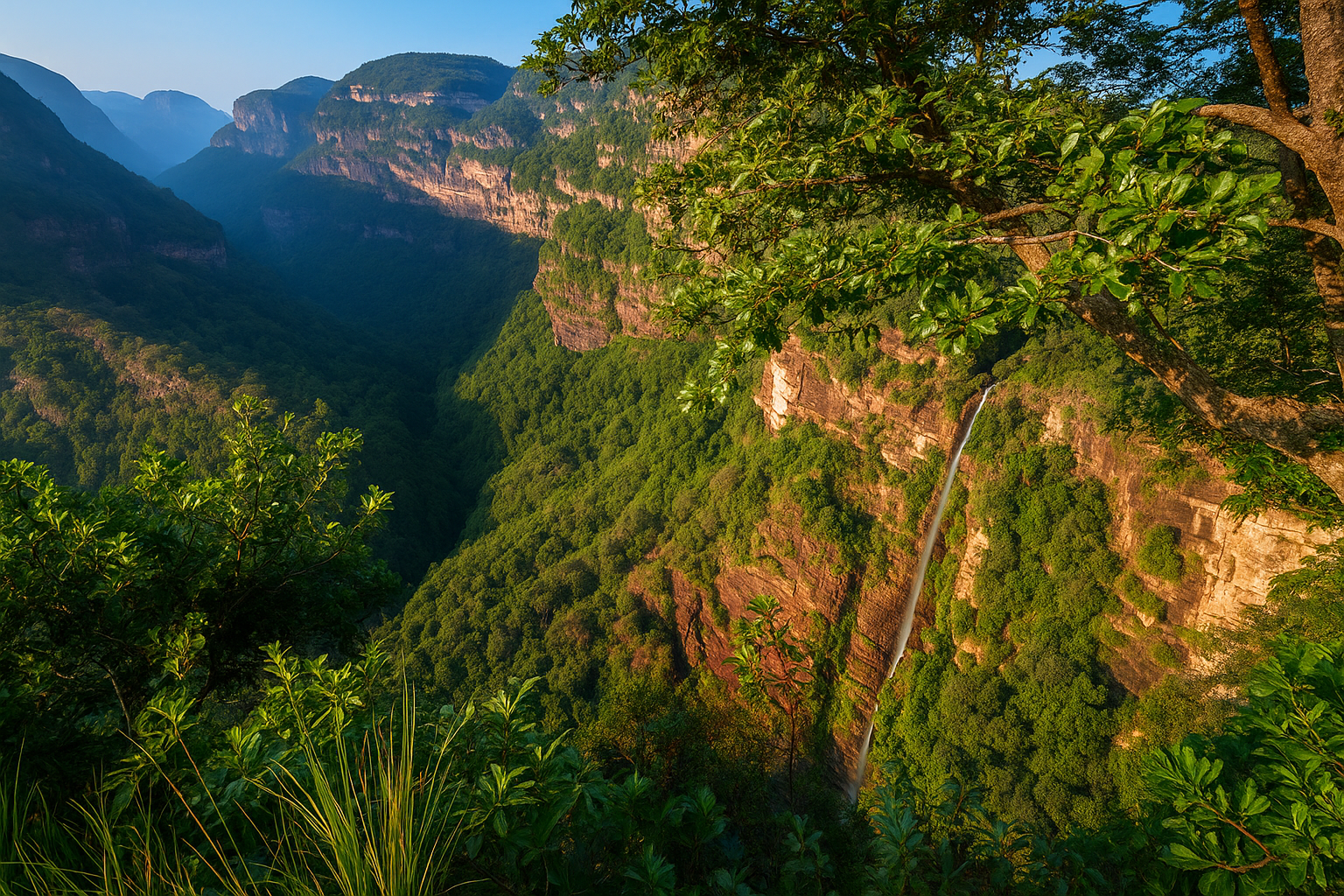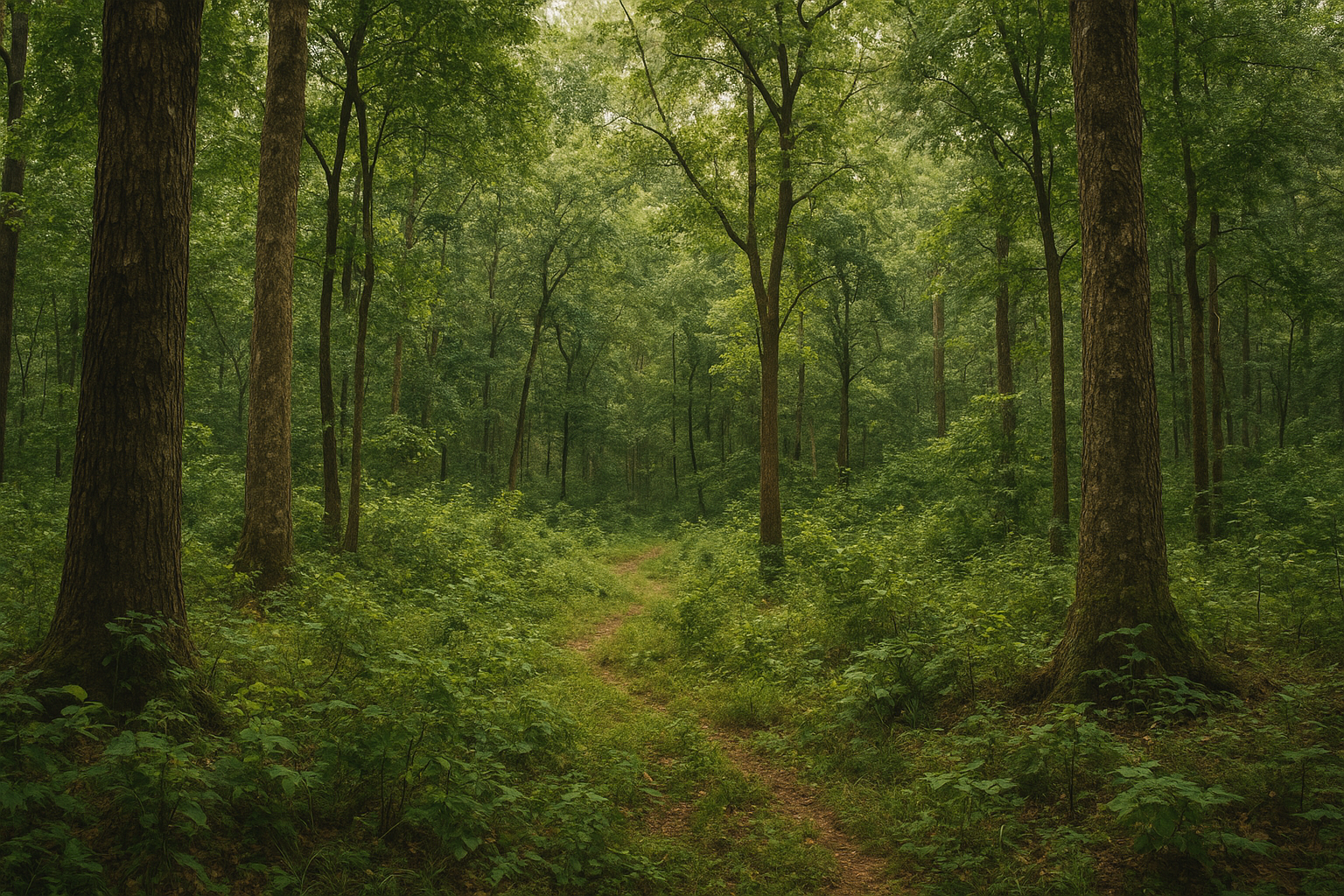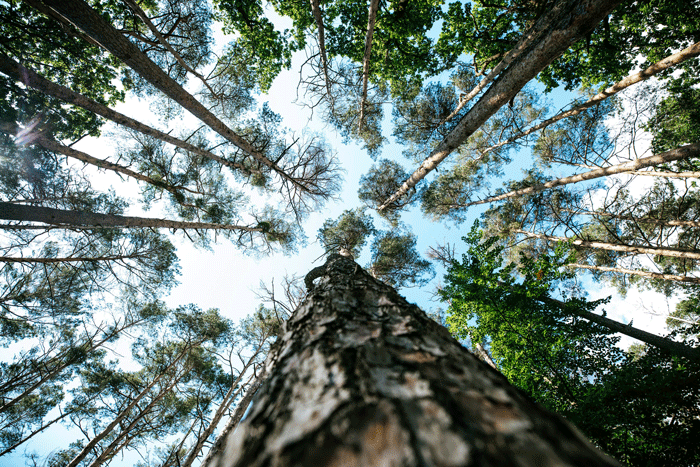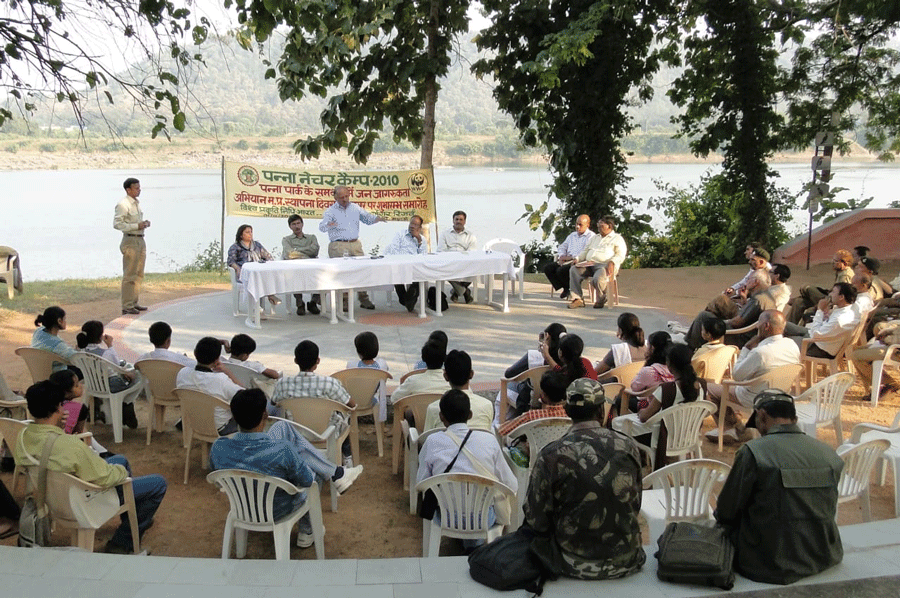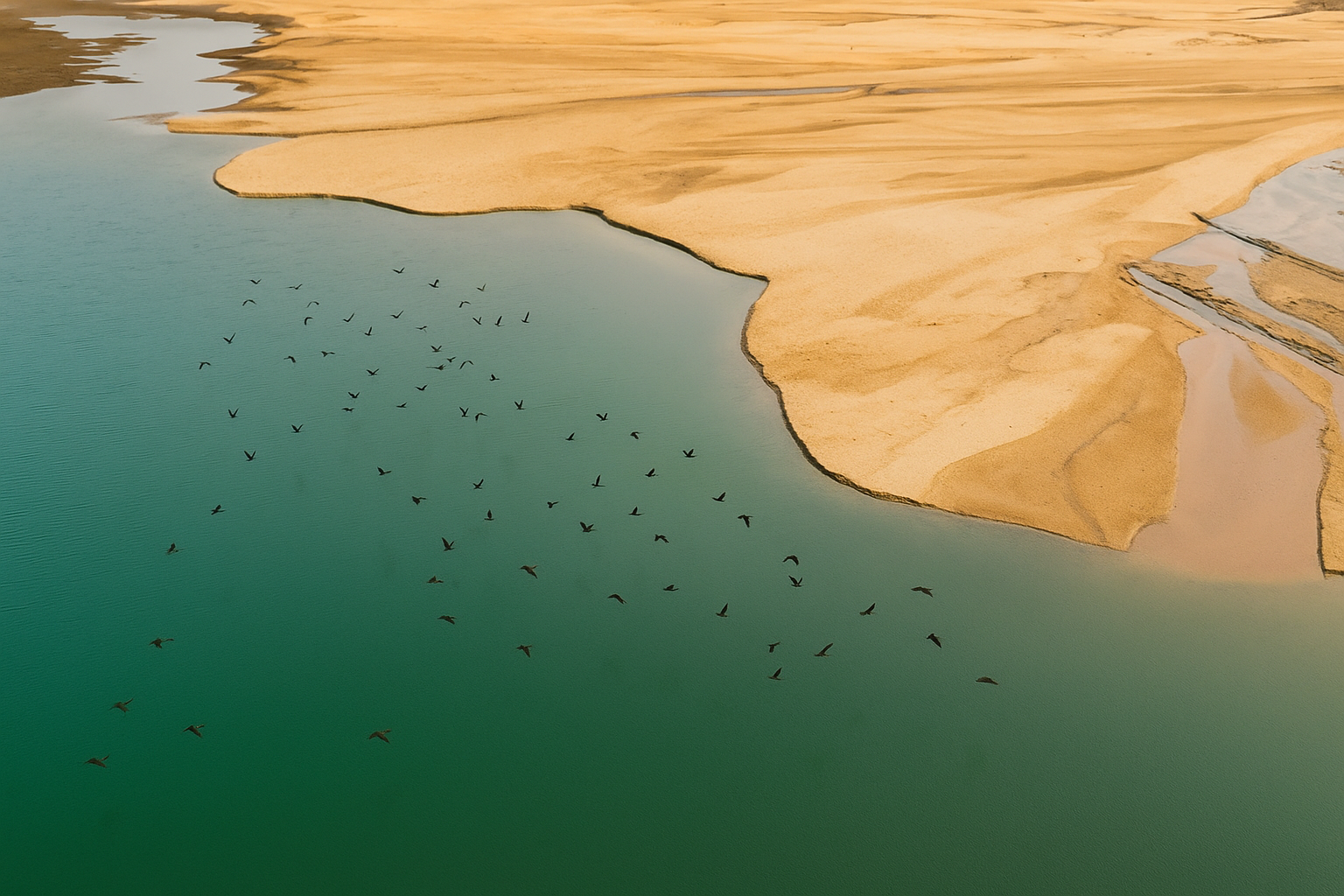NOTABLE AVIAN SPECIES IN SON GHARIAL SANCTUARY SIDHI (M.P.)
-By R.K. Sharma
ABSTRACT:
The article presents sighting records of Notable avian species (Common Merganser (CM), Black Necked Stork (BNS) and Indian Skimmer (IS)) in Son Gharial Sanctuary (SGS) based on observation from different years. The standardized intensive survey methodology was adopted to assess the sighting population and distribution of CM, BNS, and IS. The study provides base line information on the status of Common Merganser, Black Necked Stork and Indian Skimmer in Son Gharial Sanctuary. Which will help in management and long term conservation planning of the Sanctuary.
INTRODUCTION:
The River Son is a major tributary of River Ganga. It originates from Shosa Kund in Amarkantak Bilaspur District of Chhattisgarh. The river flows through Madhya Pradesh, Uttar Pradesh and meets Ganga in Bihar. The Son Gharial Sanctuary was notified as Sanctuary by Madhya Pradesh Forest Department in 1981 (vide Gazette No. 14-47-80-10(2) Bhopal, dated 23-09-1981) and includes the 161 km stretch of the Son River from the Ban Sagar Dam to Deora up to U.P. Border. The Sanctuary falls within longitude 81°20′ and 82°50′ E and latitude 24.15′ and 25°40′ N. This stretch of the Son flows first along the border between Shadol/Satna and then Shadol/Sidhi Districts and finally in the Sidhi District of Madhya Pradesh. The Sanctuary also include Gopad and Basnas River totalling an additional 48 km. Near the Ban Sagar Dam site, the Son passes through a narrow gorge beyond which the River widens to one km. At certain points, the river varies widely in depth from I feet to 30 ft. The Sanctuary was a safe adobe for Gharial, mugger, turtles and birds for past decades.
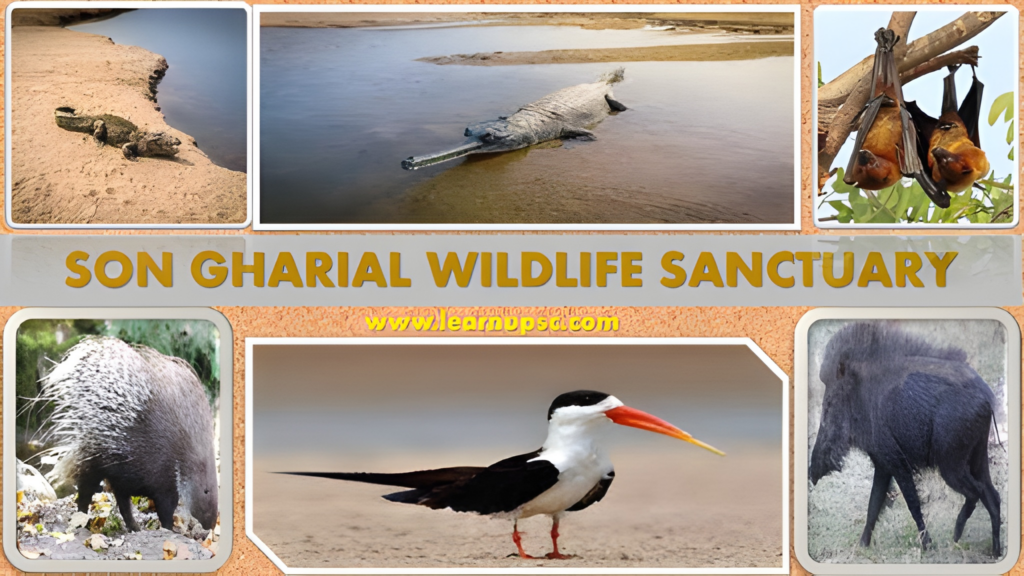
METHODOLOGY:
Son Gharial Sanctuary was surveyed in different years (1996,2010,2012,2017,2018, 2019 and 2020). The method of direct visual count with binocular was used to identify and record the individuals of bird species. The protocol of the field survey was based on the description given in Singh (1985) for Gharial, Mugger, Turtles, Dolphin and all bird species. Birds were identified according to the procedure and description given in Ali (2002) and Grimmett et al. (2011).
Common Merganser (Mergus merganser): Sharma and Singh 2025 reported the Son river, located North East in Sidhi District, Madhya Pradesh, the duck has been sighted in the downstream of Jogdah Ghat (24.5140N,82.1430E) up to Deora. The sightings of the Common Mergansers were of great importance because these migratory birds are seldom seen in this region of Madhya Pradesh. (Rahmani and Islam, 2008) Their presence tells us that Son river is a suitable habitat for migratory water birds. In Madhya Pradesh the species is recorded in the Chambal and Son rivers (Rahmani and Islam, 2008). Sharma and Sharma (1997) have reported the species during their survey of Son River in March 1996. But they have not mentioned the number of individual seen. Singh et al. (2015) recorded 22 Merganser birds in Son River during the survey conducted in March 2010. Sharma and Dileep Kumar (2019) surveyed the Son River during 5th to 10th December 2017, covering a total stretch of 122 kms. (Bharos et al. 2022) in India including river Mahanadi in Chhattisgarh and Odisha states, which are nearer to Madhya Pradesh. We hope that the present note would arouse interest among ornithologists and annual bird surveyors towards Long-term Ecological Monitoring of Common Merganser covered thorough search for the species in Madhya Pradesh that will enable to better understand its occurrence with academic and migration significances.
The Black Necked Stork (Ephippiorhynchus asiaticus) is treated Birdlife international (2016) Justifies its inclusion as Near Threatened as this species has undergone a moderately rapid population reduction, which projected to continue, and it has a moderately small population. This fine stork in not a gregarious species and it is usually to meet with solitary or in pairs resting, along, the age of rivers. The sightings of the Black Necked Stork with Juvenile were of great importance because these local migratory birds are seldom seen in this castern-southern region of Madhya Pradesh. That Stork were also recorded in the earlier years by various workers in Madhya Pradesh. Their presence tells us that Son river is a suitable habitat for large bird nesting. Sharma and Singh 2018 reported that five species of stork including Black Necked Stork were observed in National Chambal Sanctuary.
Indian skimmer (Rynchops albicollis): An avian icon of river systems of India for tourists, however no tourist should be allowed near nesting colonies the Indian skimmer one of the prominent wetland birds visiting river Chambal and Son. It is classified of endangered on the International union for conservation of nature (IUCN) red list. Indian Skimmer, a globally threatened, island breeding bird, and is a gem for the sanctuary in Son Gharial Sanctuary. They were first sighted by Sharma 1996 and since then there were repeated sightings of the bird in earlier surveys Singh et al. 2015, Sharma and Kumar 2019. During the survey conducted in March 2020 the team found 55 Indian Skimmers were observed at Kutlideh. The bird’s presence indicates an important ecosystem for island breeding birds. During the course of survey, the team found ideal sites for island breeding birds for nesting at Kutlideh. (Dilawar and Sharma 2016) new breeding locations of the Indian Skimmer have been discovered in Son Gharial Sanctuary.
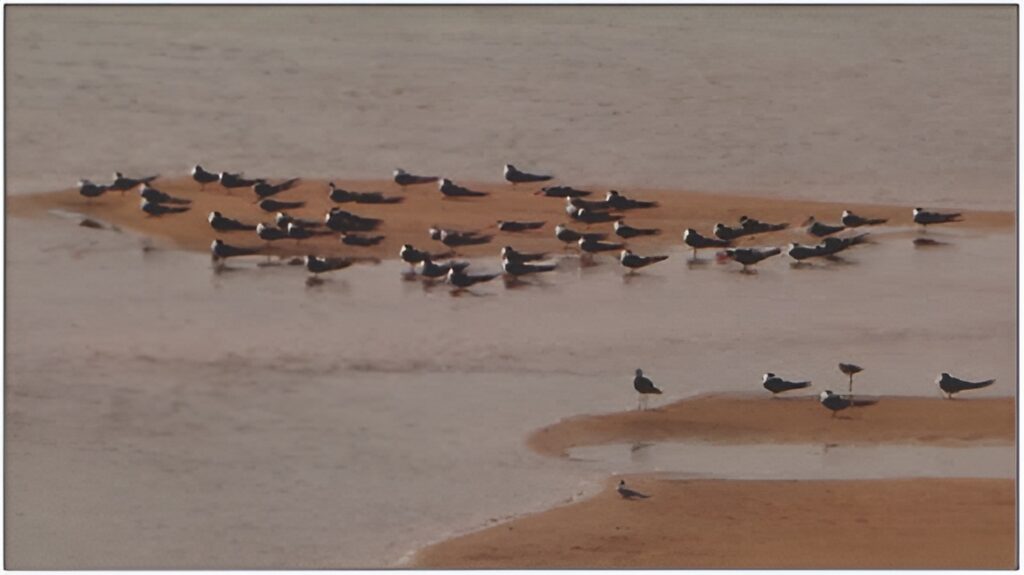
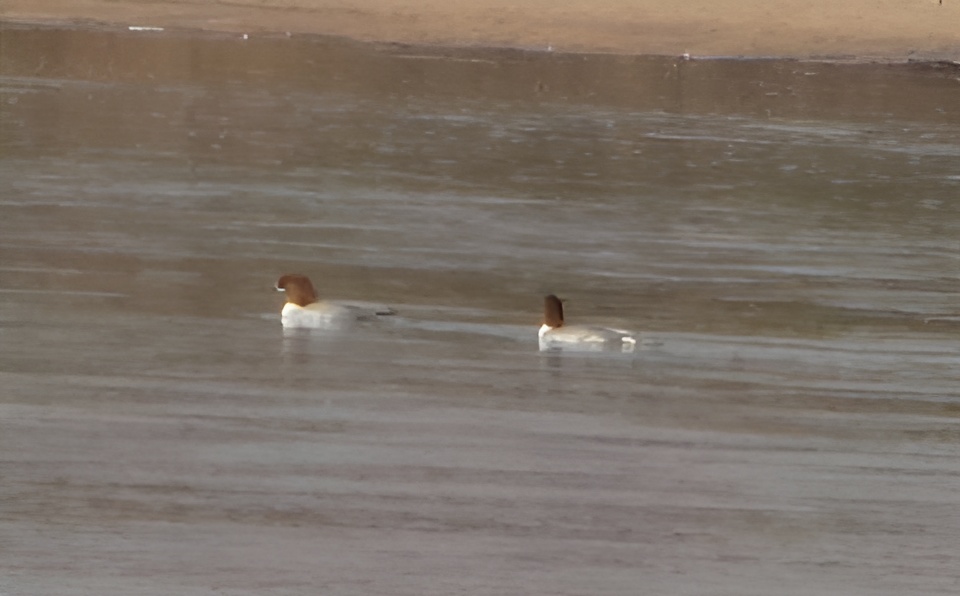
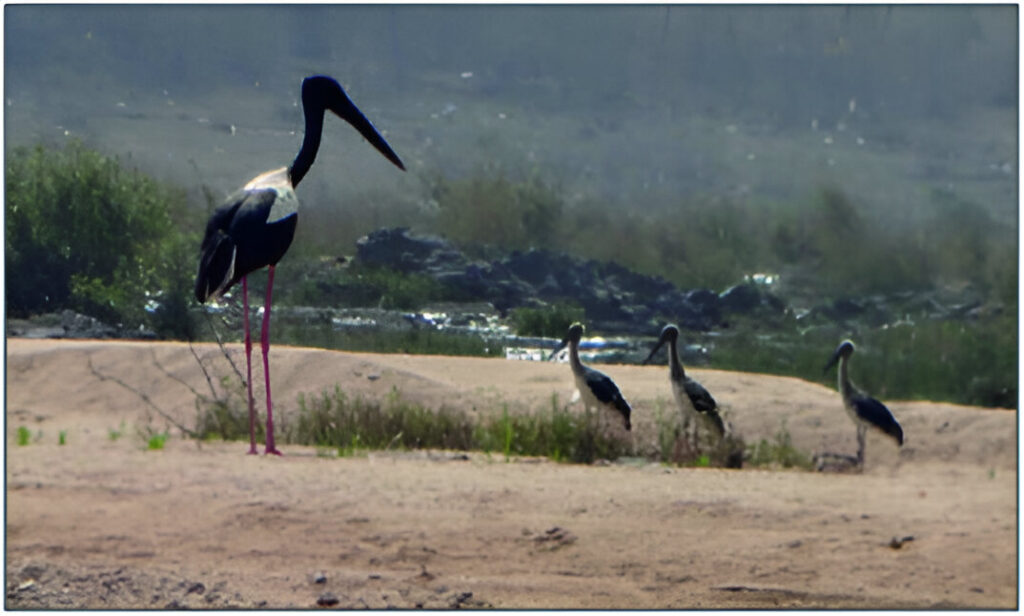
REFERENCES:
ALI, SALIM (2002). The Book of Indian Birds. Thirteenth Edition Revised. Bombay Natural History Society, Oxford University Press. Ivii+326pp.ISBNO-19-566-523-6.
BHAROS, Α.Μ.Κ., Α. BHAROS, R. NAIDU & J. VERMA (2022). Recent sighting report on Common Merganser after a century in Chhattisgarh, India. Bird-o-soar #112, In: Zoo’s Print 37(4): 18-21.
BIRDLIFE INTERNATIONAL (2016). Ephippiorhynchus asiaticus. The IUCN Red List of Threatened Species 2016: c.T22697702A93631316. Downloaded on 10 September 2017; http://doi.org/10.2305/IUCN.UK.2016- 3.RL.TS.T22697702A93631316.
GRIMMETT, R., C. INSKIPP AND T. INSKIPP (2011). Birds of the Indian subcontinent. India: Oxford.528pp. HARI SINGH, NILADRI DASGUPTA AND R.K.SHARMA (2015). Status of Birds in Son Gharial Sanctuary, Madhya Pradesh, India. Science and Technology International Research Journal. VOLUME 1, ISSUE 2. Pp – 50-56.
RAHMANI A.R. AND ISLAM, M.Z. (2008). Ducks, Geese and swans of India: Their status and Distribution. Indian Bird Conservation Network: Bombay Natural History Society, Royal Society for the Protection of Birds and Birdlife International. Oxford University Press. Pp. 374
RAHMANI, A.R., A.M.K. BHAROS, A. GADIKAR & P. MOURYA (2021). Threatened Birds of Madhya Pradesh.
The Nature Volunteers, Indore. Sponsored by Madhya Pradesh State Biodiversity Board, Bhopal, xiv+215 pp.
SHARMA R.K. AND DILEEP KUMAR (2019). Distribution of birds in Son Gharial Sanctuary, Madhya Pradesh, India. Me and my Earth. Issue-10 January-March P:31-34.
SHARMA R.K. AND L.A.K. SINGH (2018). Spatial and temporal patterns of stork sightings (Aves: Ciconiidae) in National Chambal Sanctuary of Gangetic River system. Journal of Threatened Taxa.10(3)11410-11415.
SHARMA R.K. and L.A.K. SINGH (2025). A note on sightings of common Merganser (Mergus Merganser), an overlooked migrating species in National Chambal Sanctuary, India. Bird-o-sor # 288, in: Zoo’s Print 40(6):23-25.
SHARMA R.K. AND SANJAY SHARMA (1997). Wetland faunal survey of Sone Gharial Sanctuary in Madhya Pradesh. “The Indian Forester” Vol. 123 No. 10 page no. 952-957.
SHARMA, R.K. AND DILEEP KUMAR (2019). Distribution of birds in son gharial sanctuary. Madhya pradesh, india me and my earth issue-10 bhopal. January to March 2019 pp-(31-34)
SHARMA, R.K. AND S. SHARMA (1997). Wetland faunal survey of Son Gharial Sanctuary in Madhya Pradesh. Indian Forester 123(10): 952-957.
SINGH, L. A. K. (1985). Gharial Population Trend in National Chambal Sanctuary with notes on radio- tracking. Study Report December 1985. Crocodile Research Centre, Wildlife Institute of India, Hyderabad, 167pp+vii.

Author is:
Retd. Research Range Officer
National Chanbal Sanctuary
Morena (M.P.). Notably, he initiated gharial rearing programs and received recognition for wildlife conservation contributions and he continue to play a vital role as a member in IUCN-CSG, TSA, IRDC-GCA amongst others, and have over 100+ publication in various renowned International and national journals and books.


